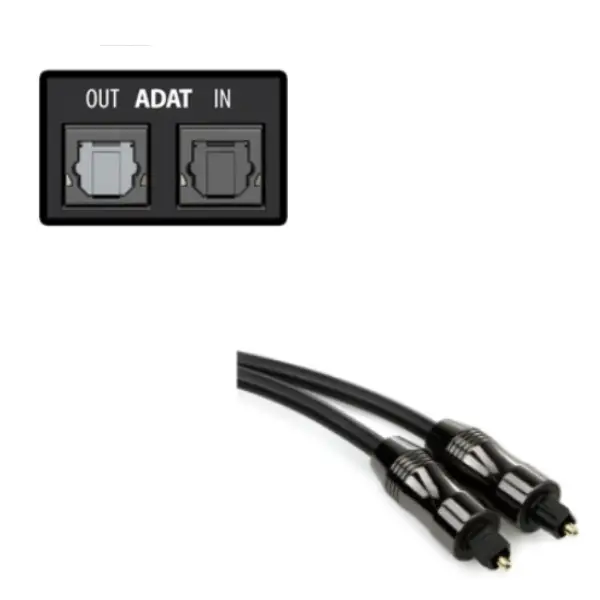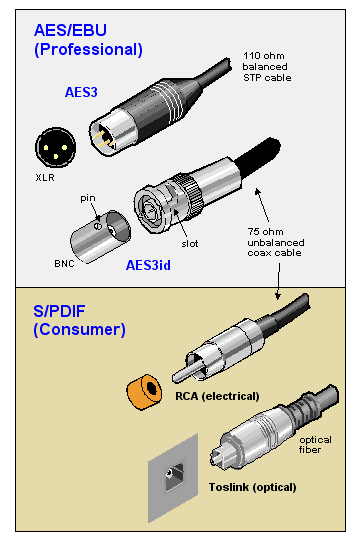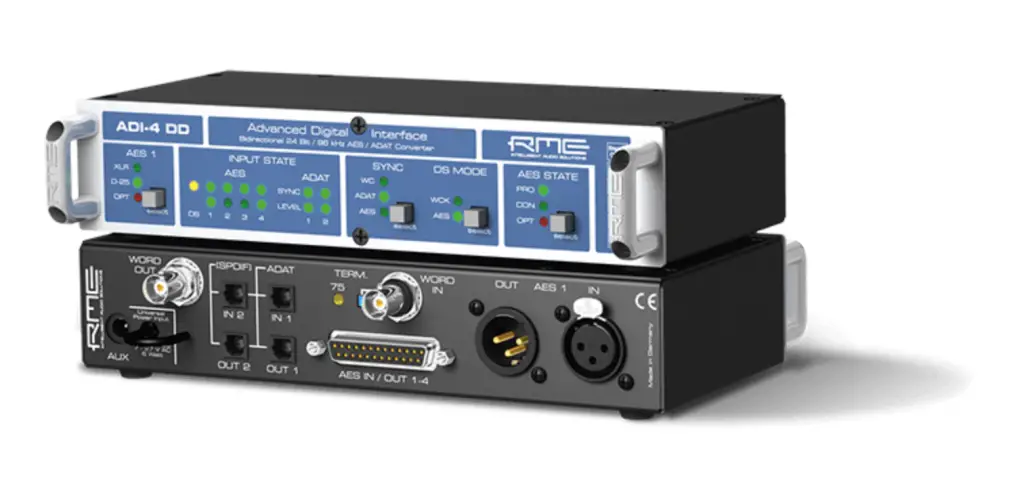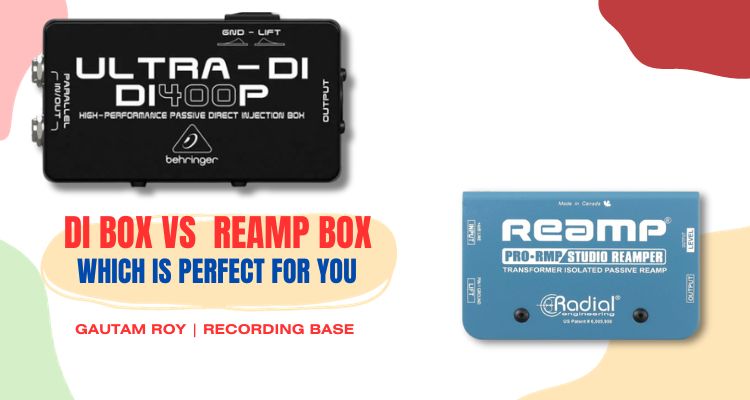ADAT and AES both are popular audio transfer formats in professional audio. Both are digital audio standards used in professional audio environments to transfer audio from one device to another.
In this article, we’ll learn how to convert ADAT optical to AES audio standard to support your AES devices in your studio.
ADAT is quite older than AES as it’s formally used in DAT recorders. But with time and evolution, ADAT was converted to optical transfer protocol. AES is also not a new standard. It has been in use since 1985 but with time it’s also evolved and now it’s one of the most powerful audio standards for digital audio.
So, if you want to convert ADAT optical to AES audio standard then let’s start the process.
First of all, let’s understand both the audio formats.
Table of Contents
What is ADAT Optical?

ADAT or Alesis Digital Audio Tape was one of the first digital audio formats used in the recording studios to record multiple tracks on the same audio tape.
It was used in DAT recorders. The same standard was used with the optical cables to transmit up to 8 channels of audio between two audio devices and that’s called ADAT optical.
ADAT Optical is often used to simplify the inputs and outputs in recording studios between ADAT-enabled devices.
Disclosure: This post may contain affiliate links, which means we may receive a commission if you click a link and purchase something that we recommended. Read more about Affiliate disclosure here.
What is AES?

AES was developed by “Audio Engineering Society” hence it’s called in-short AES. It was developed to transfer high-quality digital audio via balanced cables and has been used for years in the audio recording field.
These balanced cables are often 3-wire XLR and phono cables which minimize electromagnetic interference (EMI) and radio-frequency interference (RFI) by canceling the phase during signal transfer.
Both AES and ADAT Optical support multiple audio formats from 44.1kHz to 192kHz.
Why We Need to Convert Form ADAT Optical to AES?
So, why do we need to convert ADAT optical to AES?
The main reason for converting ADAT optical to AES is connecting AES enables devices to ADAT optical devices.
Sometimes in the studios some devices do not have ADAT optical inputs and outputs and we want them to connect with the setup. In this case, we need a solution to convert ADAT optical to AES and vice-versa.
Now that you know about both audio standards let’s begin with the conversion techniques between ADAT optical to AES.
2 Ways to Convert ADAT Optical to AES
There are two ways to convert ADAT Optical to AES and both need some additional hardware. The first method involves ADAT to AES/EBU Audio interface and the second one needs ADAT + AES/EB’U + S/PDIF Format Converter.
Let’s take a look at these solutions.
#1 ADAT to AES/EBU Audio Interface

ADAT to AES/EBU audio interfaces are common these days. You can buy one that has a function to convert ADAT signals to AES/EBU and then outputs that signal to AES format.
However, these audio interfaces are costly compared to normal audio interfaces. You need two ADAT to AES/EBU audio interfaces to connect them and then you would be able to convert the signals.
Audio interfaces like RME Digiface AES, Focusrite RedNet, etc are some common ADAT/AES audio interfaces.
#2 Using ADAT + AES/EB’U + S/PDIF Format Converter

Another method to convert ADAT optical signal to AES audio signal is using ADAT + AES/EB’U + S/PDIF Format Converter.
These converters are specifically built for this purpose and cross-convert ADAT + AES/EB’U + S/PDIF. The conversion is done internally so you don’t need to arrange any connections except the ADAT optical and AES cable.
One of the best examples of these converters is RME ADI4 Format Converter.
You can use this converter for not only convert ADAT to AES but S/PDIF and EB’U.
Conclusion
So, you have seen the two ways to convert ADAT Optical to AES audio signals. These methods usually involve some cost to buy these audio interfaces/converters.
But, there is no budget solution to convert ADAT optical to AES so you have to pay for this. Let me know in the comments if you have any other solution that you want to share with others.
FAQs
What formats does SPDIF support?
SPDIF can carry 2 channel audio to 5.1 channel surround sound audio. These audio signals are of 16Bit/44.1kHz and 16Bit/48kHz.
What does SPDIF connect to?
You can use SPDIF to connect digital devices for transferring audio signals.
Can you connect SPDIF to ADAT?
You can, but you need SPDIF optical to coax converter to do this. These converters are specially made for this purpose.
Can I use a mic cable for AES?
To carry AES signals you need a balanced XLR audio cable. If you use an unbalanced audio cable then you will face unexpected errors such as signal loss and noise issues.
Related,


![Heritage Audio i73 PRO Series Audio Interfaces Review [2024]](https://www.recordingbase.com/wp-content/uploads/2024/01/Heritage-Audio-i73-pro-series.jpg)



